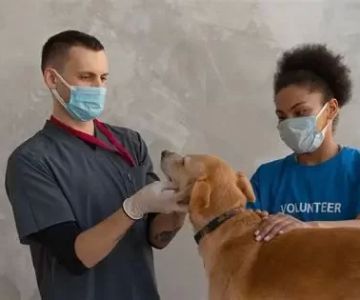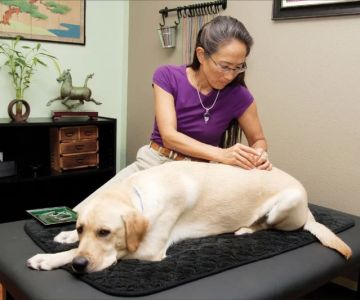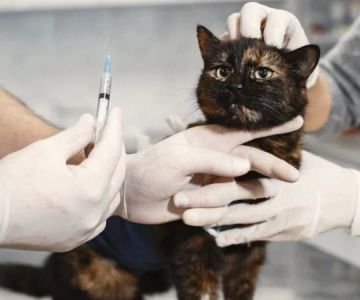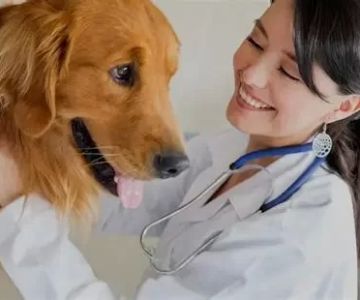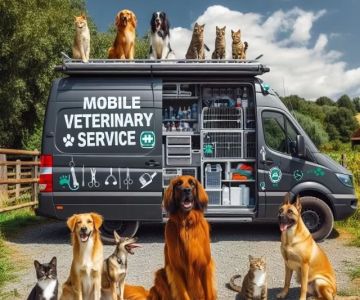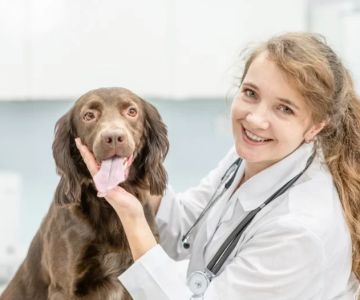- 1-Understanding-Certificate-of-Veterinary-Inspection
- 2-Purpose-and-Importance-of-the-Certificate
- 3-How-to-Obtain-the-Certificate-of-Veterinary-Inspection
- 4-Real-Life-Applications-and-Stories
- 5-Professional-Insights-and-Next-Steps
1. Understanding Certificate of Veterinary Inspection
A certificate of veterinary inspection (CVI), sometimes referred to as an animal health certificate, is an official document issued by a licensed veterinarian. It certifies that an animal has been examined and is free from contagious diseases at the time of inspection. This certificate is often required for transporting animals across state lines or international borders, selling livestock, or participating in shows and exhibitions.
Many people ask, what is a certificate of veterinary inspection? Simply put, it is a health passport for your animals, providing authorities with assurance that your livestock or pets meet health regulations. This document typically includes detailed information about the animal’s identity, health status, vaccinations, and the date and place of the inspection.
1.1 Essential Details Included in the Certificate
The CVI contains vital data such as the animal's species, breed, age, and identifying marks or tags. It also lists any vaccinations, treatments, or tests conducted, along with the veterinarian’s credentials and signature. This transparency helps prevent the spread of diseases and protects animal populations and public health.
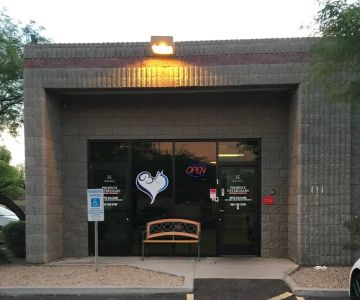
4015 E Cactus Rd, Phoenix, AZ 85032, USA
See Details2. Purpose and Importance of the Certificate
The primary purpose of the certificate of veterinary inspection is to ensure animal health during transportation and trade. For example, when a farmer sells cattle to another state, the buyer needs proof that the animals are healthy and disease-free. This certificate serves as that proof, reducing the risk of outbreaks of diseases such as foot-and-mouth disease or avian influenza.
Beyond commerce, CVIs are critical during events like fairs or shows where animals from various regions gather. Authorities rely on these certificates to quickly verify health status and maintain biosecurity.
2.1 Legal and Regulatory Compliance
Many jurisdictions mandate a valid certificate of veterinary inspection before permitting animal movement. Failure to produce one can lead to fines, quarantine, or denial of entry. Thus, understanding and obtaining the correct CVI protects owners from legal complications and helps maintain animal welfare.
3. How to Obtain the Certificate of Veterinary Inspection
Obtaining a CVI involves scheduling an examination with a licensed veterinarian. During this appointment, the vet will conduct a physical inspection, review vaccination records, and may perform specific tests based on animal species or destination requirements.
After the evaluation, the veterinarian completes the official certificate form, which must accompany the animal during transport or sale. Some states have additional requirements such as electronic submission or registration with animal health departments.
3.1 Tips for a Smooth Process
To avoid delays, it’s advisable to plan veterinary inspections well ahead of animal movement dates. Ensure all vaccinations are up to date and maintain detailed health records. Consulting with your veterinarian about destination-specific regulations can also streamline the process.
4. Real-Life Applications and Stories
Consider the story of a livestock farmer who planned to sell sheep across state lines. Without a certificate of veterinary inspection, the shipment was held up at the border, causing stress and financial loss. Once the correct CVI was provided, the animals were cleared, highlighting the certificate’s critical role in animal trade.
Similarly, a dog owner preparing for an international dog show needed a veterinary inspection certificate to comply with import regulations. Their timely coordination with the vet ensured smooth entry and participation, reinforcing how CVIs facilitate global animal events.
5. Professional Insights and Next Steps
Veterinarians emphasize that a certificate of veterinary inspection is more than just a form—it’s a safeguard for animal and public health. Maintaining updated health certificates can prevent costly quarantines and protect your animals from disease risks.
If you are planning to transport animals, sell livestock, or participate in exhibitions, securing a CVI should be a priority. For reliable and professional veterinary services, consult trusted providers who specialize in animal health certifications.
To explore the best options and services for obtaining your certificate of veterinary inspection, visit Trampoline Zone for expert recommendations and resources that ensure your animals meet all health and legal standards with ease.


